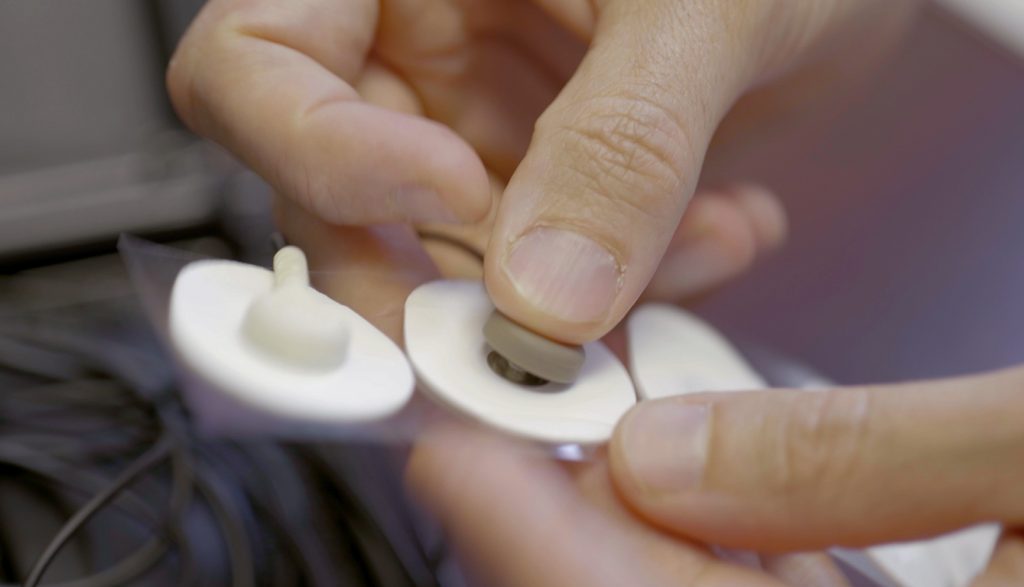When Ziad Sankari was 17 years old, his father died of a heart attack.
That tragedy, which doctors said could have been avoided if there had been a way to monitor his heart, prompted Sankari to study cardiac electrical activity. The Lebanese entrepreneur went on to found a pioneering medical technology company, CardioDiagnostics, specializing in developing cardiac monitoring products and services for doctors and patients.
Unlike a traditional portable recording device, which heart patients strap on for a day or two to record heart activity that their doctor analyzes at their next appointment, the CardioDiagnostics innovation allows cardiologists to monitor patients remotely for extended periods of time. Perhaps most importantly, physicians have real-time access to that data through monitoring centers in the United States and Lebanon.
“There’s a big push in medicine to treat the patient as if they were in-patient, but in an outpatient setting,” says Dr. Rodney Samaan, a cardiologist in California. “Mobile telemetry allows us to monitor for any arrhythmias that could potentially kill a patient. And we’re able to do that in the setting of their home, in their work environment, in all different social settings.”
Sankari and his team developed an algorithm capable of analyzing the electrical activity of the heart and detecting certain problems, and they wanted those algorithms to be available through the cloud and wearable devices, but they were “extremely frustrated” with the technology options on-hand, he says.
“We weren’t able to build the product and technology that the market really needs,” he recalls. When the group came across Microsoft Azure technologies, “it literally transformed our ability to create scalable, available and durable products.”
The platform has built-in compliance for the Health Insurance Portability and Accountability Act (HIPAA), providing the “ultra security” needed for medical-grade technology and the special considerations when dealing with patient data, Sankari says.
The device itself is about the weight and size of a mobile phone and comes with a pouch, so patients can wear it on a belt or attach it to their wrist. Patients can go about their normal routine with it on, even exercising or traveling, and they can charge the device while still wearing it.
Cables connect the device to electrodes that the patient attaches to their body at designated locations, monitoring the heart from different angles. The algorithm automatically detects arrhythmias, or rhythmic abnormalities that can serve as a warning sign for something serious. If a patient suddenly feels symptoms, he or she can manually press a trigger, which sends a message to the monitoring center.
“Here I am in California, in Los Angeles, the patient could be in Los Angeles or could be in Hawaii or Thailand, and I could still monitor that patient through the cloud,” says Samaan, the cardiologist. “It is a life-changing event for a patient in terms of reassurance that they’re going to be OK.”
Sankari’s efforts have gained attention in the new and growing field of mobile cardiac telemetry, which is helping save lives as it becomes a major driver of the estimated $26 billion global cardiac monitoring and cardiac rhythm management devices market.
“I think my dad would have been very proud of the work my team and I have done on this technology,” Sankari says. “I think he would realize that his early departure from this life did not go to waste.”




